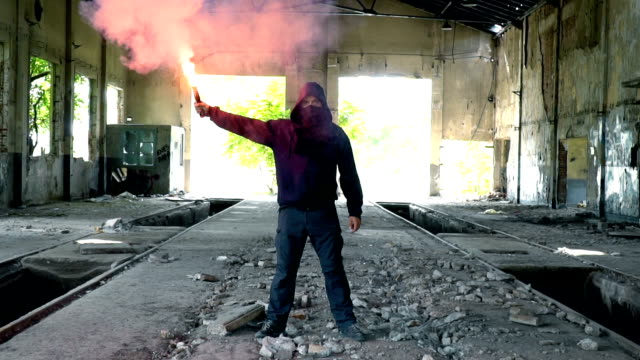For outdoor enthusiasts, there’s nothing quite like the feeling of freedom that comes with venturing into nature. But with that freedom comes inherent risks, and wildfires are a growing concern across the globe. The unpredictable nature of these blazes can turn a peaceful hike into a perilous situation. This is where lightweight fire resistant clothing comes in, offering a new layer of protection for hikers without sacrificing comfort or mobility.
Traditionally, fire resistant clothing (FR clothing) has been associated with bulky, heavy garments used in industries like oil and gas. However, advancements in fabric technology have paved the way for a new generation of FR clothing designed specifically for outdoor activities. These garments are much lighter, more breathable, and offer a far greater range of motion – perfect for the active hiker.
Why Choose Lightweight Fire Resistant Clothing for Hiking?
There are several compelling reasons why lightweight FR clothing should be considered for your next hike:
- Increased Safety: Wildfires can erupt unexpectedly, and even a small ember landing on your clothing can have devastating consequences. FR clothing self-extinguishes or melts away from the skin instead of igniting, providing valuable seconds to escape a dangerous situation.
- Protection from Campfires: Campfires are a staple of many outdoor adventures. Accidental contact with sparks or embers can easily lead to burns. FR clothing offers an extra layer of protection while enjoying the warmth and camaraderie of a campfire.
- Peace of Mind: Knowing you’re wearing an additional layer of safety can significantly reduce anxiety, allowing you to fully enjoy the serenity of the outdoors.
Benefits of Lightweight FR Clothing:
- Lightweight and Breathable: Gone are the days of bulky, uncomfortable FR gear. Modern fabrics are designed to be lightweight and breathable, ensuring maximum comfort on even the most strenuous hikes.
- Moisture-wicking Properties: Many lightweight FR clothing options actively wick away moisture from your skin, keeping you cool and dry during hot weather hikes.
- Wide Range of Motion: Unlike their industrial counterparts, lightweight FR clothing is designed with flexibility in mind. This allows for unrestricted movement, essential for navigating challenging terrain.
- Durability: While lightweight, these garments are still built to last. They can withstand the rigors of outdoor use and frequent washing.
Types of Lightweight FR Clothing for Hikers:
- Base Layers: FR base layers are a great way to add a layer of protection without compromising breathability. They come in various styles, from long johns to lightweight t-shirts.
- Shirts and Pants: Lightweight FR shirts and pants offer a more substantial layer of protection while remaining comfortable and allowing for freedom of movement.
- Jackets: For added protection in cooler weather or areas with a higher fire risk, FR jackets are available. Look for options that are wind and water resistant for a truly versatile garment.
- Accessories: FR accessories like hats, gloves, and neck gaiters can provide additional protection for exposed areas.
Things to Consider When Choosing Lightweight FR Clothing for Hiking:
- Level of Fire Protection: Different FR clothing offers varying levels of protection. For casual hiking, garments with a basic level of protection may suffice. However, for areas with a higher fire risk or activities near campfires, consider a higher level of protection.
- Comfort and Fit: As with any hiking gear, comfort is paramount. Choose FR clothing that fits well and allows for unrestricted movement.
- Breathability: Look for fabrics that are designed to wick away moisture and keep you cool, especially on hot weather hikes.
- Durability: Opt for FR clothing made from high-quality, durable materials that can withstand the wear and tear of outdoor use.
Conclusion:
Lightweight fire resistant clothing is a valuable addition to any hiker’s gear closet. It offers an extra layer of protection against the ever-present threat of wildfires without sacrificing comfort or mobility. With advancements in fabric technology, there’s no reason to compromise your safety when enjoying the beauty of the outdoors. So, the next time you lace up your boots and hit the trail, consider incorporating lightweight FR clothing into your hiking attire. It might just be the difference between a safe and enjoyable outing and a terrifying encounter with fire.
Remember: Lightweight fire resistant clothing is not a replacement for caution and common sense in the outdoors. Always be aware of your surroundings, practice safe fire habits while camping, and have a plan in case of an emergency.


